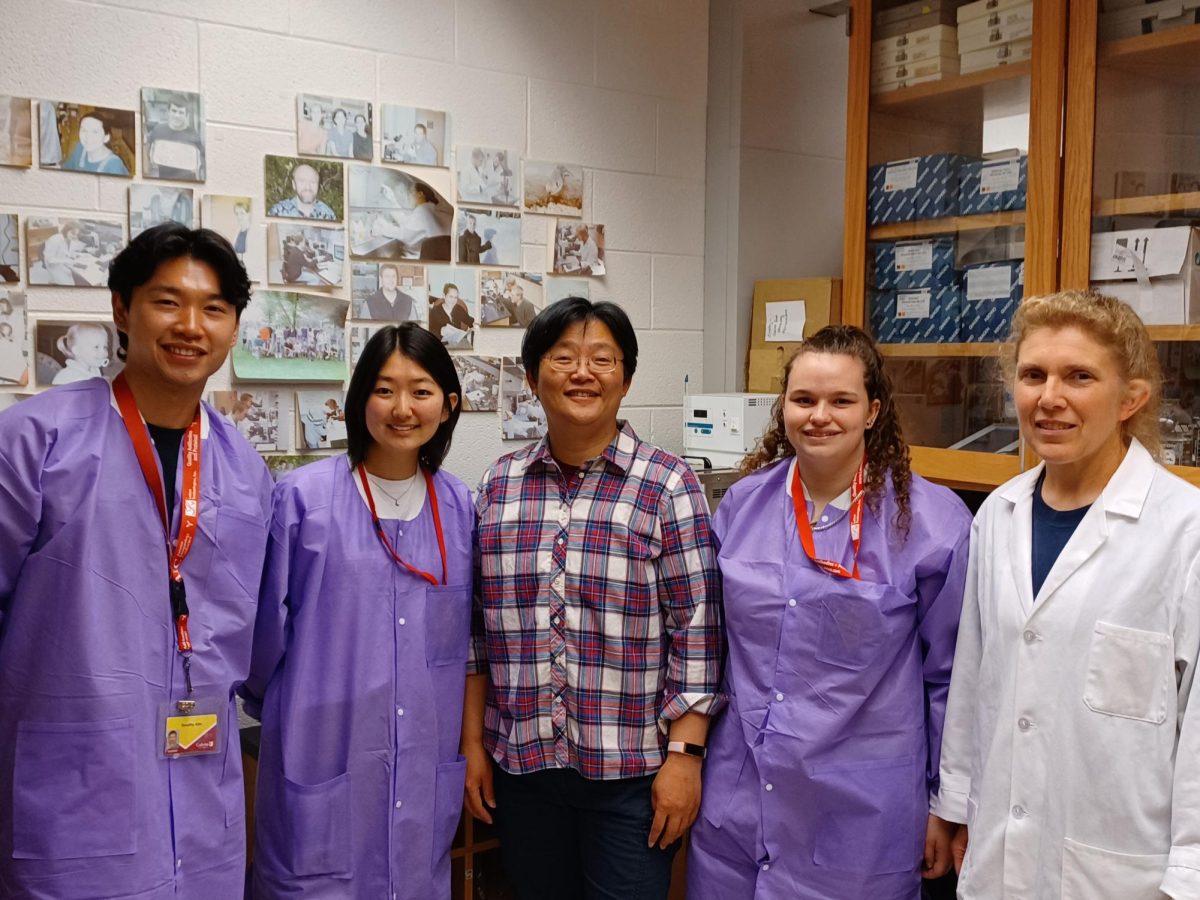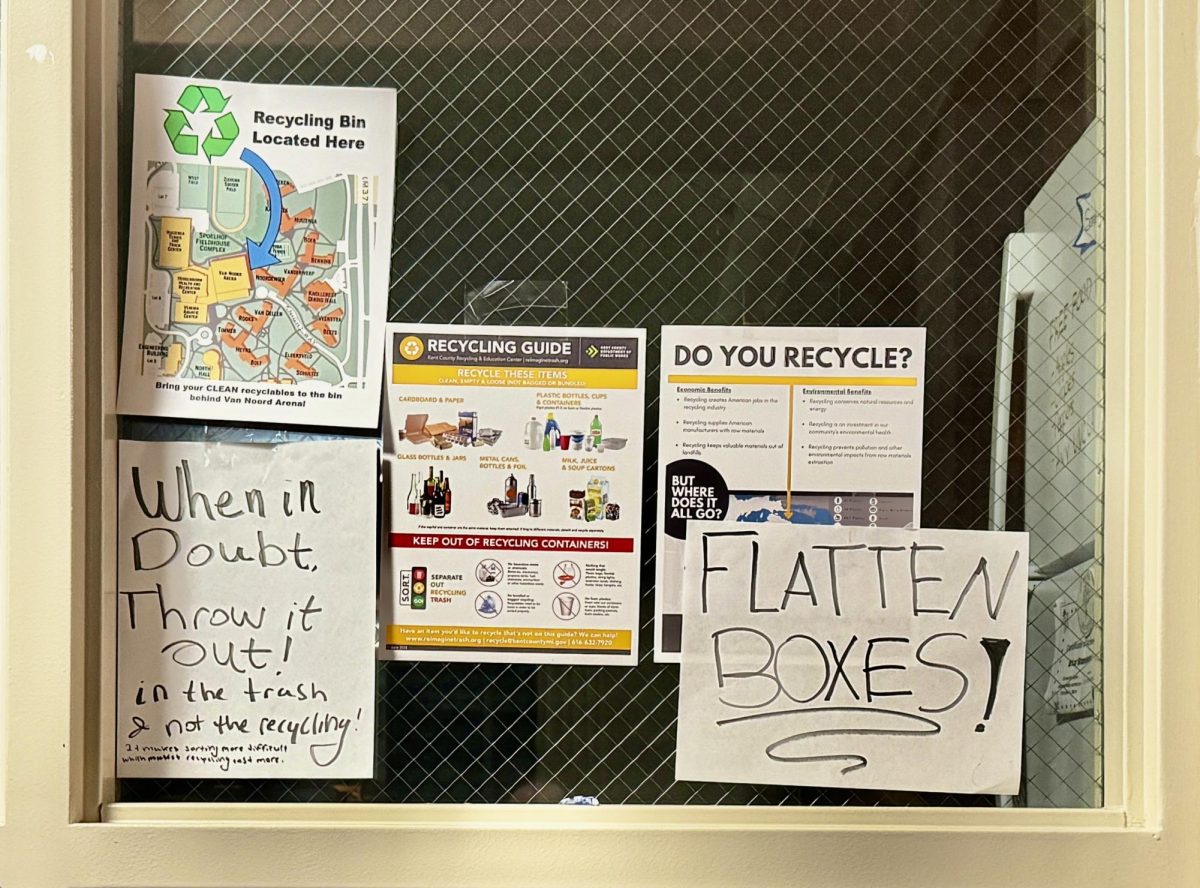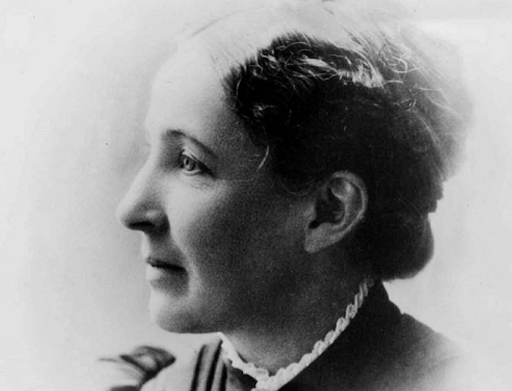Have you ever thought about looking in your own backyard for what may be the most diverse pharmacy known to man? As it turns outs, this wishful thinking might not actually be that far-fetched. A new class of antibiotics has recently been discovered by a collaborative team of researchers from the United States and Germany.
The antibiotic they discovered, which they named teixobactin, was derived from microorganisms cultured in the soil of one of the researchers’ own backyards. According to their publication in the Jan. 7, 2015, edition of “Nature,” both this antibiotic and the novel approach they used to isolate it open new possibilities for the future of antibiotic discovery.
Antibiotics are a broad class of drugs that combat the growth of specific living organisms — hence the name, which means “against life.” Antibiotics, which came into common use during World War II, remain essential tools in the medical arsenal against infectious disease.
As a class, these drugs are now consumed by four out of five Americans annually, according to the Centers for Disease Control and Prevention. Antibiotics are typically used to treat symptomatic infections and to act as a preventive measure against infections after a surgical procedure, for instance.
Many of the more common antibiotics used today have been around since the mid-to-late 20th century. Due to repeated administration over the last few decades, however, they are proving to be less effective. This phenomenon, commonly known as “antibiotic resistance,” typically occurs when pathogens (disease-causing organisms), such as bacteria and fungi, acquire spontaneous mutations to their DNA.
These genetic changes can allow microorganisms to metabolize particular antibiotics or evade their toxic effects by other mechanisms. Antibiotic resistance is further exacerbated by improper use and disposal of antibiotics, which can expose pathogens to low, non-toxic levels of the drug that allow for natural selection of resistant strains.
The rise in antibiotic resistance, especially in hospital settings, has created an urgent demand for new and more effective compounds. Discovery of such molecules, however, has turned out to be considerably more challenging than one might expect.
The primary reason for this is that most antibiotics fall into only a few structural classes, and antibiotic resistance mechanisms often erode the efficacy of entire classes once established in a bacterial or fungal population. For example, alterations to the outer layer of bacteria (cell wall) selectively inhibit penetration of many compounds into the cell body, thus rendering the organisms resistant to their toxic effects.
Poor penetration of antibiotics into bacteria was partially overcome in the mid-1900s by the discovery of antibiotics produced by cultivable soil microorganisms. One drawback to this drug discovery approach, however, is that only about one percent of soil microorganisms are cultivable in a traditional laboratory setting.
The other 99 percent of microorganisms fail to live in laboratory conditions but thrive in their native soil environment. If we could culture these microorganisms, could they be a source for new antibiotics? This question and an “untapped antibiotic market” were exactly what the researchers from Germany and Massachusetts tapped into for their discovery of the new antibiotic, teixobactin.
To better take advantage of natural soil conditions for culturing microorganisms, the research team used a device they called an “iChip” which can be thought of as an oversized outdoor petri dish.
A soil sample is diluted and placed into the iChip, which is protected by an external covering that isolates the soil microorganisms into individual colonies but allows for exchange of necessary growth elements with the surrounding environment. After inoculation, the iChip is installed into its native soil environment and allowed to incubate.
Thousands of individual colonies of microorganisms grown in the chamber — called isolates — are then transferred to test tubes and chemically extracted to isolate potential antimicrobial agents.
These agents were tested for activity against Staphylococcus aureus, a common infectious bacterium. Several isolates with antimicrobial activity were identified through this process, including teixobactin, which the research team continued to study and develop as a potential new antibiotic.
Teixobactin is unique in terms of its chemical structure, making it different from other known classes of antibiotics. The potential value of this finding was demonstrated by using teixobactin to treat two clinically relevant and drug-resistant strains of disease-causing bacteria, methicillin-resistant Staphylococcus aureus (MRSA) and Mycobacterium tuberculosis.
In their study, the research team did not observe any resistance to teixobactin, even when the bacteria were grown in low doses of the drug. These conditions typically allow for the emergence of resistant strains, which suggests that teixobactin could possibly maintain its efficacy against difficult infections even longer than its current marketed antibiotic, vancomycin.
The researchers note that “the properties of teixobactin suggest that it evolved to minimize resistance development by target microorganisms,” though further studies are required to validate this claim.
While it may be some time before teixobactin passes FDA approval and finds its way into the clinic, its discovery — and the method used to isolate it — is already a pivotal finding for modern medicine.
As previously noted, the rate at which antibiotic resistance is developing suggests that common antibiotics will be ineffective for treating even the most common infections in the near future.
New antibiotic classes are badly needed in the clinic, and teixobactin is the first member of such a class. Since the approach developed by this research team is broadly useful for isolating new compounds from a huge variety of samples, it is likely that we have only just begun to tap into a vast “new” pharmacy — the soil.
As they stated, “It is likely that additional natural compounds with similarly low susceptibility to resistance are present.” If we’re lucky, they might be only a couple of inches under our own toes.








